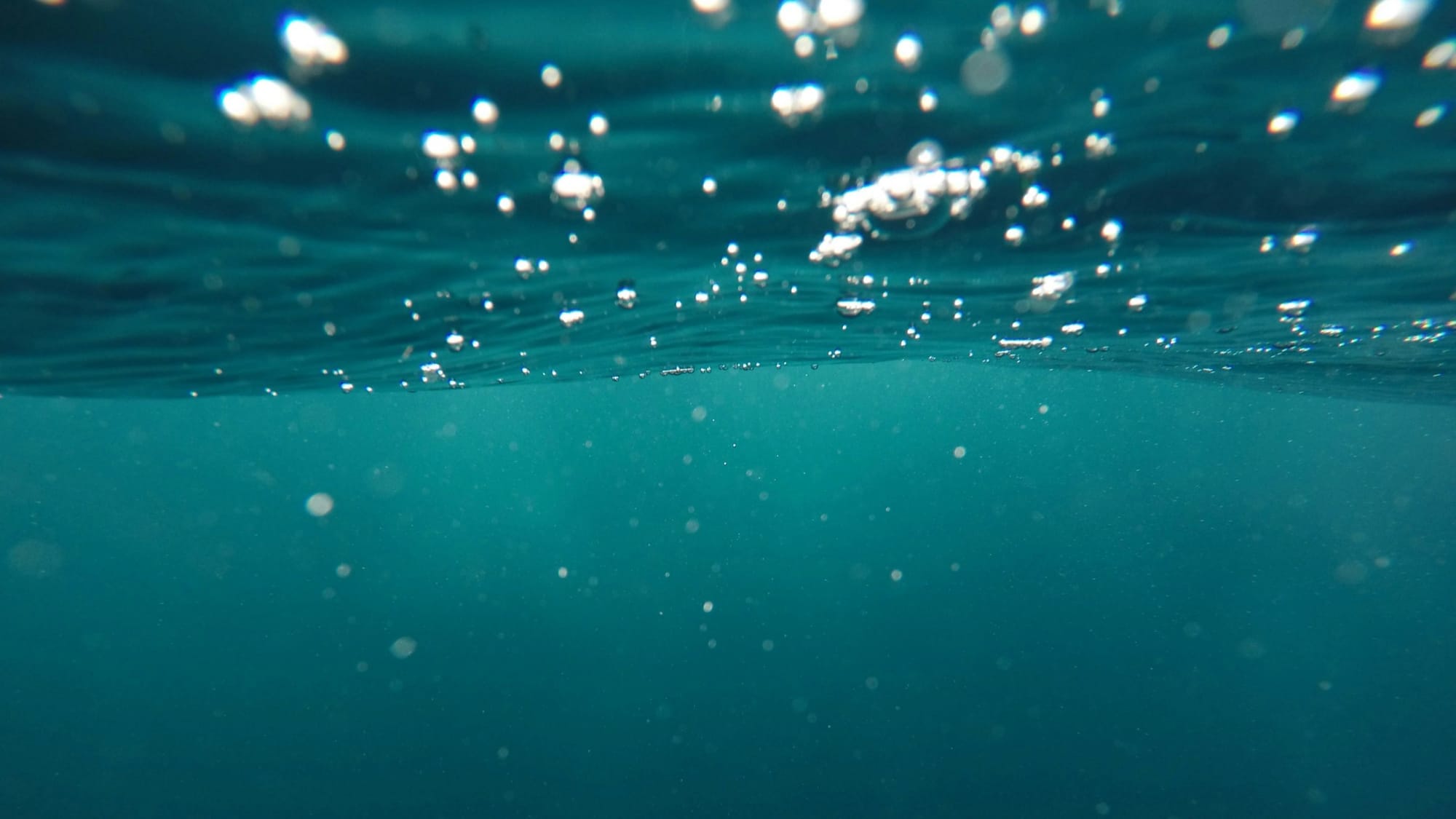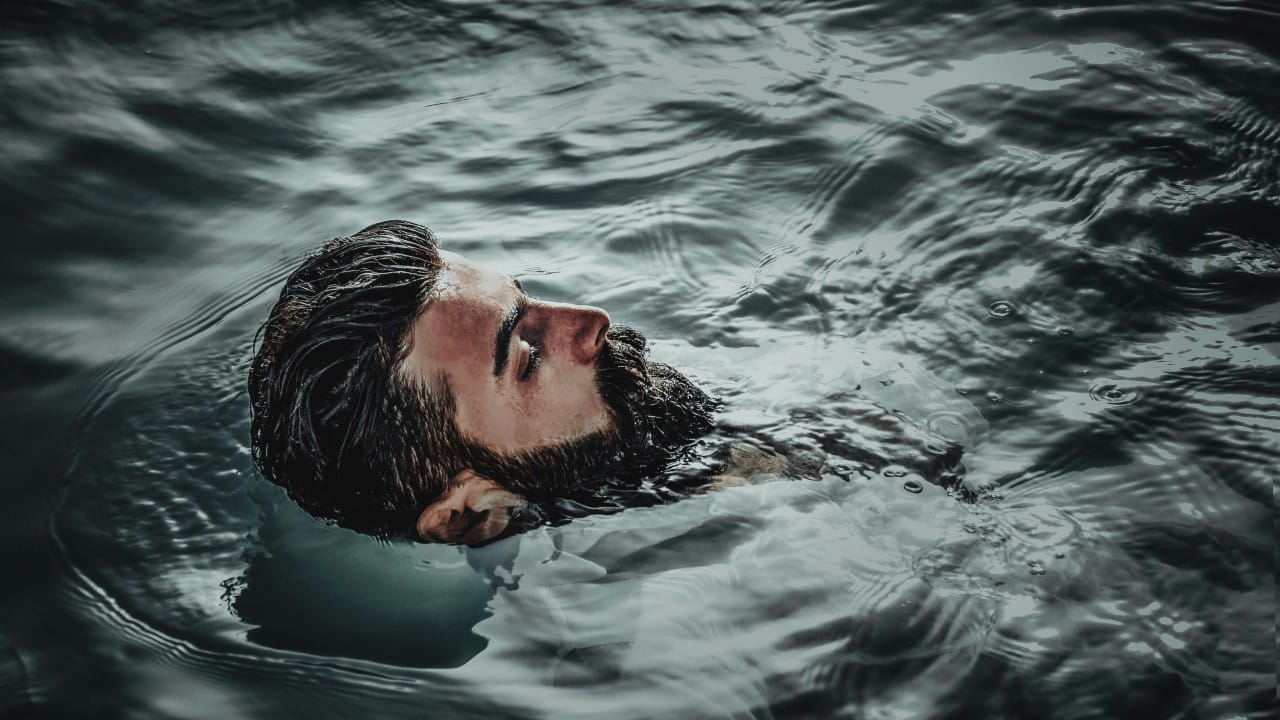Help! I Accidentally Swam in a Shocked Pool - What You Need to Know Now

Ever taken a dip in a shocked pool and felt immediate discomfort? You're not alone. The global residential swimming pool market will reach $3.8 billion by 2030, which means that pool maintenance mistakes happen more often. Swimming right after shocking your pool can seriously affect your health and comfort.
Patience matters after adding chlorine or other shock treatments. Pool experts say you should wait at least 12 hours after shocking before jumping in. The waiting time changes based on your shock treatment type. You might swim after just 15 minutes with non-chlorine shock, but traditional chlorine shock needs much more time. High chlorine levels can irritate your skin, hurt your eyes, and lead to chlorine poisoning if you swallow or breathe it in. Your pool's safe chlorine levels should stay between 1.0 and 3.0 parts per million (ppm). Anything above that becomes risky.
This piece tucks into what happens when you swim too soon after shocking your pool. You'll learn about the health risks and how to know when it's actually safe to get back in the water.
What Does It Mean to Shock a Pool?
Pool shocking is a significant maintenance procedure that utilizes concentrated chemicals to rapidly boost sanitizer levels in your water. Regular chlorination differs from shocking because it delivers a strong dose of oxidizing chemicals that eliminates contaminants that normal chlorine might miss.
How Long After Adding Chlorine Can You Swim?
Swimming in a shocked pool can cause discomfort, and with good reason, too. Regular chlorine doses need 4-8 hours before swimming or until the filtration system completes water "turnover". Chlorine shock treatments require substantially longer, at least 24 hours. Non-chlorine shock lets you get back in the water much sooner, usually after just 15 minutes.

Always test the water before jumping back in. Safe swimming conditions exist when chlorine levels drop to about 5 ppm or lower. The best chlorine range stays between 1-3 ppm. Higher concentrations can irritate your skin and eyes, and excessive chlorine may lead to more serious health issues.
What Happens If You Swim Too Soon After Shocking?
Swimming in a pool right after shock treatment can make you uncomfortable and might harm you. The chemicals used remain strong for hours or days after treatment, which makes early swimming risky.
Skin and Eye Irritation
A dip in a pool that was shocked demonstrates how high chlorine levels can quickly break down your skin's natural defenses. This breakdown causes dryness, inflammation, and irritation that shows up as a chlorine rash - a type of contact dermatitis. The rash looks red or pink on lighter skin, while darker skin shows small bumps with inflammation and itching.
Your eyes need constant moisture and suffer especially when you have too much chlorine exposure. The chemical dries out your protective tear film and causes severe itching, redness, watering, and light sensitivity. Swimming too long in high chlorine levels can damage your eyes more seriously and make your vision blurry.
Breathing Issues From Chlorine Vapor
Chlorine vapor builds up around pools that were shocked, especially indoors. Breathing this vapor irritates your respiratory tract and causes what people call "chlorine cough". You might experience:
- Coughing and wheezing
- Chest tightness
- Burning sensation in the throat
- Difficulty breathing
The effects get worse if you have respiratory conditions like asthma or chronic bronchitis. Chlorine exposure can trigger your bronchial tubes in the lungs to spasm when they react to the chemical irritant.
Clothing Discoloration and Material Damage
Your swimwear can get ruined if you swim in a chlorinated pool. High chlorine levels work like bleach and can fade bright colors or discolor fabrics. Dark-colored swimwear and non-colorfast materials suffer the most damage.
High chlorine levels between 50-200 ppm damage clothing fibers over time until the fabric falls apart. The green stains you might see on your swimsuit come from copper in the water that reacts with pool chemicals, not from chlorine.
You should wait until chlorine levels drop to the safe 1-4 ppm range before swimming to avoid these uncomfortable effects that can get pricey.
Health Risks of Swimming in Over-chlorinated Water
Swimming in a shocked pool with too much chlorine can lead to serious health complications. The same chemicals that protect you from bacteria become dangerous when their levels are too high.
Chlorine Poisoning Symptoms
Your body reacts faster to chlorine poisoning through swallowing, inhaling, or extended skin contact with high chlorine concentrations. The severity of the signs depends on the concentration levels and how long you were exposed. Common symptoms include:
- Burning sensations in the mouth, throat, and eyes
- Throat swelling
- Blurry vision and watery eyes
- Skin damage with burns and irritation
- Quick blood pressure changes
- Severe pain in the nose, lips, or tongue
These symptoms appear because chlorine reacts with water in your mucous membranes. This reaction creates hypochlorous and hydrochloric acids that can be highly toxic.
Digestive and Respiratory Effects
Swallowing water from a shocked pool might cause digestive problems. Small amounts typically lead to temporary stomach aches. Larger quantities can cause abdominal pain, vomiting, and blood in stools.
Breathing problems are just as serious. Chlorine vapor settles in your respiratory tract and inflames tissues in your nose, throat, and lungs. Your body responds by producing extra mucus. This is a big deal as it means that people with asthma or similar conditions might experience attacks with wheezing and difficulty breathing.
The largest longitudinal study shows more concerning links. Regular exposure to over-chlorinated pools increases the risk of respiratory problems in children. Severe cases can lead to pulmonary edema—fluid buildup in the lungs, which causes suffocation-like symptoms.
When to Seek Medical Attention
Don't wait to get medical help if symptoms persist after swimming in a chlorinated pool. Chlorine poisoning can get worse faster than expected.
Chlorine on your skin needs immediate washing with soap and water. Eyes need flushing with running water for at least 15 minutes after removing contact lenses. If you swallow chlorine, drink milk or water right away unless you're vomiting.
Moving to fresh air is crucial for reducing inhalation exposure. Head to higher ground since chlorine gas weighs more than air. Call emergency services immediately if breathing problems continue or get worse.
Note that the safest approach keeps chlorine levels between 1.0-4.0 PPM before swimming. Always wait the recommended time after shocking your pool.
How to Know When It’s Safe to Swim Again
Swimming in a shocked pool can be uncomfortable. You need careful testing and patience to know the right time to swim again. Many pool owners learn this lesson the hard way after taking an accidental dip in recently shocked water.
Testing Chlorine Levels: Ideal PPM Range
Your water needs proper testing before anyone jumps in. Digital testers give you the most accurate readings, though test strips work well for quick checks. The process takes just 15 seconds - dip the strip in water and match its color to the chart.
The safe swimming range sits at 1-3 ppm (parts per million). Swimming becomes unsafe above 5 ppm. Pool professionals suggest keeping free chlorine levels between 1-4 ppm. The sweet spot is 2 ppm, which balances sanitization and comfort.
Test your water twice at different pool locations to get accurate results. Chlorine levels can vary throughout the pool.
How Long After Chlorination Can You Swim Safely?
Your waiting time depends on the shock treatment type:
- Calcium hypochlorite (cal-hypo): Wait 24-48 hours minimum
- Dichlor shock: At least 24 hours, sometimes longer
- Liquid chlorine shock: Minimum 24 hours
- Non-chlorine shock: As little as 15 minutes
These times work as basic guidelines. A swim too soon leads to those uncomfortable symptoms mentioned earlier. Your best bet is proper testing rather than just watching the clock.
Signs Your Pool is Ready for Swimming
Look for these visual clues along with chemical testing:
- Crystal clear water - The pool bottom should be visible
- No chemical smell - Strong chlorine odors signal a problem
- Normal pH levels - 7.2-7.8 work best
- Proper alkalinity - 80-120 ppm balances your pool water
Your pool might look cloudy at first after shocking. This clears up as the filter runs. Keep your pump going until the water turns clear. Good circulation helps spread chemicals evenly through the water.
The right time to swim comes down to science and observation. Testing plus checking water clarity keeps everyone safe from an unpleasant dip in a shocked pool.
Streamline Post-Shock Cleaning with a Robotic Pool Cleaner
After shocking your pool, achieving crystal-clear water can take time, especially if debris like algae or fine particles lingers. A robotic pool cleaner like the Aiper Scuba X1 Essential In-Ground Pool Cleaner can make this process easier. Its cordless design and powerful 6600 GPH suction tackle leaves, sand, and even micro-debris with a replaceable MicroMesh™ ultra-fine filter, ensuring your pool returns to a safe, swimmable state faster. The Scuba X1’s WavePath™ 3.0 navigation intelligently covers the pool floor, walls, and waterline, removing grime that could cloud the water or affect chemical balance. With up to 3 hours of runtime, it’s perfect for pools up to 1600 sq.ft. Plus, its wireless charging dock simplifies storage and recharging. For pool owners looking to reduce manual cleaning after shocking, check out the Scuba X1 at Aiper’s official site for more details.
Conclusion
Swimming in a shocked pool is definitely an unpleasant experience you'd want to avoid. This piece explores why pool shocking remains vital for proper maintenance and highlights the risks of entering the water too soon.
Your health should be the top priority in pool care. Understanding shock treatments becomes vital knowledge for pool owners. Chlorine-based treatments need 24-48 hours of waiting time, while non-chlorine options let you swim after just 15 minutes.
What it all means can range from uncomfortable to dangerous. Skin rashes, eye irritation, and breathing problems are just the start. Serious cases could lead to chlorine poisoning that needs immediate medical help if symptoms don't improve.
You must test your water properly before jumping back in. Safe chlorine levels should stay between 1-3 ppm, and anything above 5 ppm could harm swimmers. Crystal clear water, normal pH levels between 7.2-7.8, and no strong chemical smells show that your pool is safe for swimming again.
Pool care needs both expertise and patience. The wait after shocking might feel frustrating, but it keeps your family safe from health risks. Note that a well-kept pool offers years of fun, but only when you respect the chemical processes that keep the water clean and safe.
